A tricycle and a balance bike, both teach different skills to your little ones. While tricycles have pedals, are closer to the ground and less expensive, the balance bikes, on the other hand, have no pedals, are more light weighted, and a bit more expensive than a tricycle.
So which one is the best for a toddler? Well, that’s a very good question. There are certain pros and cons of buying both kinds of bikes, obviously. To answer this question, we will have to examine the differences between both the types.
Difference Between A Balance Bike And A Tricycle
To make an educated choice, it is important to understand what both type of bicycles have to offer. When my kid was ready for his first bike, I did some aggressive research. here is what I found out about both the types of bikes:
| Feature | Tricycle | Balance Bike |
|---|---|---|
| Pedals | Has smaller pedals closer to the ground | No pedals |
| Stability | More stable, less likely to fall over | Requires balance, less stable |
| Ease of Riding | Easier for toddlers, no learning curve | More maneuverable, requires balance skills |
| Learning Curve | Easy to ride without much practice | Teaches balance, coordination, independence |
| Age Range | Suitable for a longer period of time | Prepares for transition to a two-wheeled bike |
| Cost | Typically less expensive | Generally more expensive |
| Size and Storage | Bulky and may be harder to store/transport | Less bulky, easier to store and transport |
If you’re looking for a fun and safe way to introduce your little one to the world of cycling, check out our list of the best toddler bikes on the market.
Balance Bikes And Tricycles- What Do I Prefer
If your child is just starting out, I’d say go for the tricycle. The trike is their first experience of self-propelled locomotion. Get an old-fashioned upright one. Show them how to use the pedals. No matter what happens, they are going to tip it over eventually. That’s ok. Make sure they are in a reasonably safe place. No stairs, no cars, no charging dogs.
If your toddler is confident on the trike, only then go for a balance bike. A balance bike teaches independence and helps your kid focus more on balancing. So if you have this goal in mind, it is better to go for a balance bike.
Who says tricycles are just for kids? Our list of the best tricycles for adults will show you that these three-wheeled wonders are perfect for riders of all ages.
Balance Vs A Trike: How To Know What’s Better?
Well, its a tough decision I have to handle you that! But considering these factors may help while you decide:
1. Notice The Physical Development Of Your Child
No one knows your child better than you, this also means that no one can make a better choice for them than you. You need to take into account your toddler’s physical development and the motor skills that they possess. Some kids are good at walking while some are really good at being stable. If your toddler can walk properly and also has good balancing skills then getting a balance bike would be the best choice to go with.
Just like that, if they need more stability then get them a tricycle, it is simple as that. Also, if your child tires while using either of these bikes, stop immediately and make them rest.
If you’re looking for a fun and eco-friendly way to get around town, check out our list of the best adult electric tricycles.
2. Personality and Confidence
Each child is unique, thus they will have varying personalities. If your child is boasting with confidence and is adventurous then the best option is to get a balance bike. Likewise, if your child is shy and timid, then your best bet is going to be a trike!
3. Where Will They Be Riding?
This is also something that you need to consider, you need to ask yourself where your kid will be riding their bikes. If you will be taking them to spacious areas like a park, or empty parking lots then getting a balance bike would be great. If you prefer teaching them at home then get them a trike.
Looking for the perfect bike for your little one? Check out our list of the best bikes for 4-year-olds.
4. Longevity and Transition Matters A Lot
You need to consider how long your kid will be using that specific bike. Trikes have a shorter lifespan as compared to balance bikes, if you want your kid to develop some really amazing riding skills then get them a balance bike.
5. How Much Parental Involvement Are You Planning?
Prior to getting a balance bike or a tricycle, you need to ask yourself how much you want to be involved in your toddler’s riding experience. Now you could do two things here, either be involved with them for a long time or let your kid take the wheel, literally!
When it comes to balance bikes, they require the extra parental touch. You need to be fully involved with your child. Tricycles allow children to ride bikes by themselves, which reduces parental involvement. Choose whatever works out for you and your child.
6. Try To Avoid Training Wheels
Training wheels? absolutely not – these teach you the opposite of how to balance a bike, as you counterweight against the outriding of the support wheels. When they get taken off, your child has to unlearn the leverage against the outriggers and learn how to balance in a new way. Don’t do it.
7. Try Removing The Chain And The Crankset
If your child is older, let’s say 5 or 6, you can skip the balance bike, and get him or her a regular small bike with a chain drive. Take the chain and crankset off, use it as a balance bike for a few weeks, put the chain and crankset back on, and they’ll be able to ride in no time. They’ve already spent their toddlerhood on their friend’s trikes. A 5-year-old is coordinated enough to quite rapidly get the hang of both balancing and pedaling.
Cycling is one of the best ways to stay fit, healthy, and happy. Check out our list of the top benefits of cycling and discover why this fun and eco-friendly activity is perfect for people of all ages and fitness levels.
8. Make Sure To Get The Right Size
The first few times riding a bike with pedals…how to do it? Make sure your child can put his or her feet down. Be in a park or again, tennis court, or wherever they’ve used either a balance bike or this bike as a balance bike. Give them a push from the seat, walk and run along behind them holding them up until they have some momentum from pedaling.
Tips For Teaching Your Toddler How To Ride!
1. The First Step Is Going To Start With You
Well, before either a trike or a balance bike, your toddler needs to come along with you often in a kid seat on your bike so they know what it’s like to feel the wind in their hair and face. Riding is modeling good behavior, right, new daddy or momma?
2. Agility Is The Secret Technique For Success
So – not using pedals is hard, rolling along on the balance bike is hard. Pedaling is hard, using the trike. Use misdirection – teach them, let them learn how to use the pedals or balance as a secondary part of the GAME of CHASING their dad or mom – “chase me!” “try to catch me!” – or in the case of my son, an extreme case, just like….his mother! – “Try to run me down” was the best game to teach them without them being aware they were learning how to pedal, how to steer, how to balance, and how to be on their own, independently.
3. Make The Whole Experience Fun!
That is the key piece of teaching your child. It’s fun for them to pedal in circles with YOU in the park, in the courtyard, on the football pitch on the tennis court. All they want when they are little is to be with their mama, with their dad, alternately close and running off, riding off for moments on their own.
4. Keep Your Toddler Close
No matter what happens, you need to keep your toddler close to you at all costs. That kiddie seat teaches them about balance. It also teaches them about biking.
If you’re looking for a fun and easy way to get around town, check out our list of the best 3-wheel scooters
5. Remember They Are Learning How To Pedal
Learning to use pedals can be hard; it’s NOT intuitive, we think of it as intuitive, and now it is for us. When you’re a toddler starting out, it’s not. For learning to pedal, a slight slope is helpful. Another trick that I would mention over here is patience, pedaling is something very unnatural for a kid, and it will take them a while to get used to. Give the little one some time to develop these motor skills.
FAQs
What are the disadvantages of a tricycle?
Tricycles are low in height, so there is a visibility issue. They are also difficult to store and your little one might find it difficult to maneuver a tricycle.
What age is good for a balance bike?
18 months to 2 years is considered a good age for a balance bike.
Is 3 too old for a balance bike?
No, 3 years old is not too old for a balance bike. In fact, a balance bike does not have an age limit.
Can a 7 year old use a balance bike?
Yes, a 7 year old can use a balance bike.
What comes after a balance bike?
A pedal bike comes after a balance bike.
Recap
Here’s the deal: When it comes to balancing bikes and tricycles, both options work really well. There is no bad option here. The right question here would be: When to get a specific bike or which bike will suit my toddler better? Balance Bikes are great if your child has a lot of confidence and wants to be adventurous, and if your child is timid and shy, just get them a trike.
Try out both of these options and see where that takes you and your child. If there is still any confusion, let me know in the comments below!
Also Read:
- Best 20-Inch Mountain Bikes For Kids
- Tips To Enjoy Your Bike Trip With Kids
- Best Electric Bikes For Kids And Teens
Should you have any questions or require further clarification on the topic, please feel free to connect with our expert author Ivor Morgenstern by leaving a comment below. We value your engagement and are here to assist you.

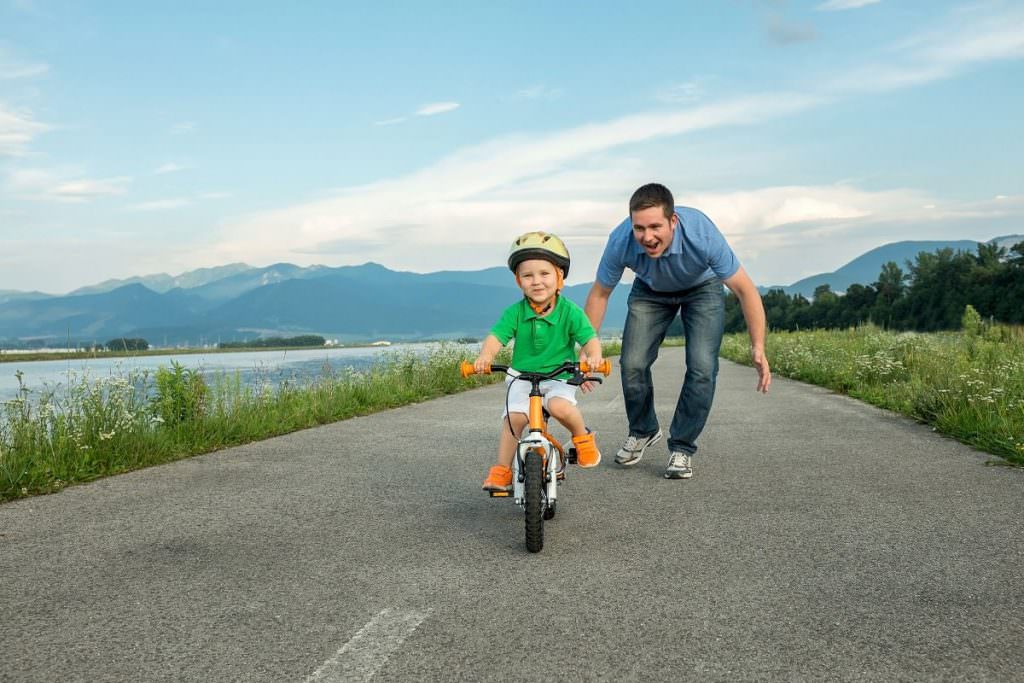
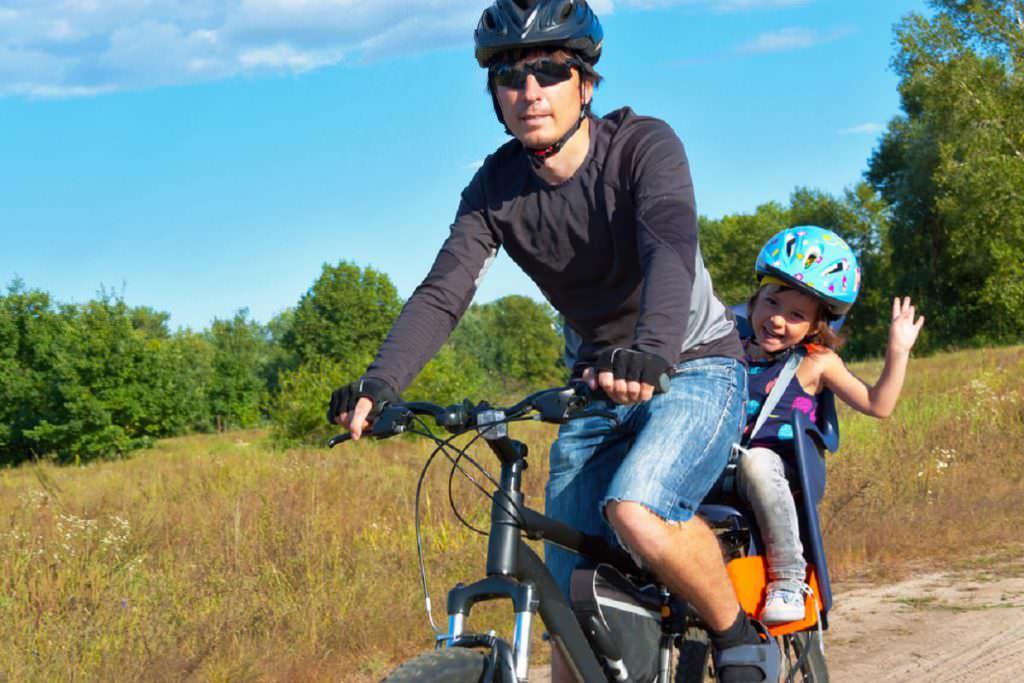
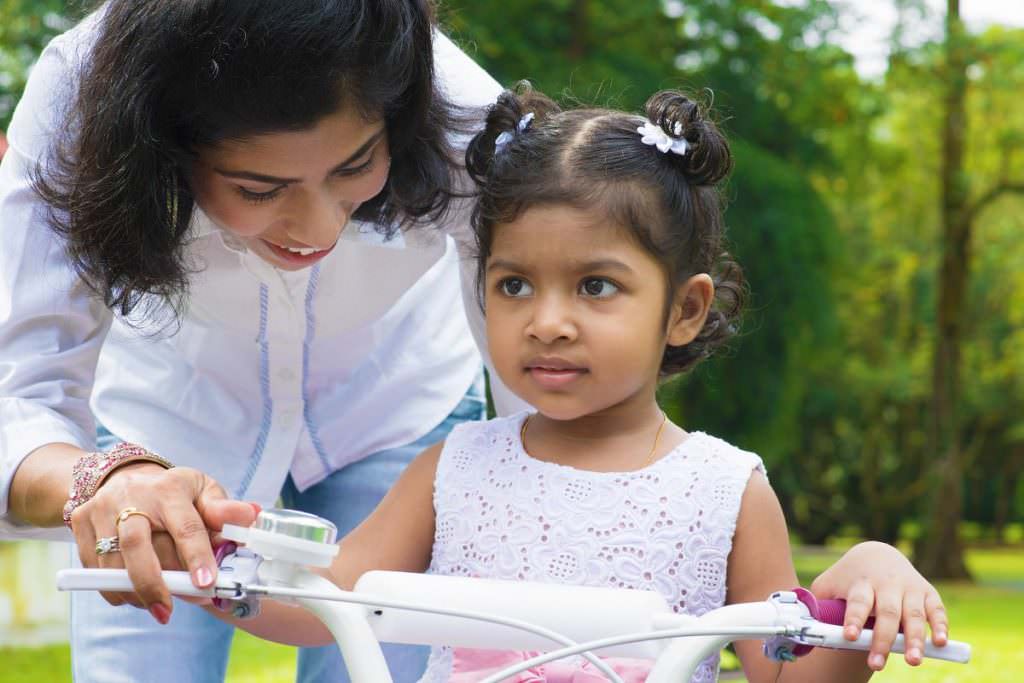
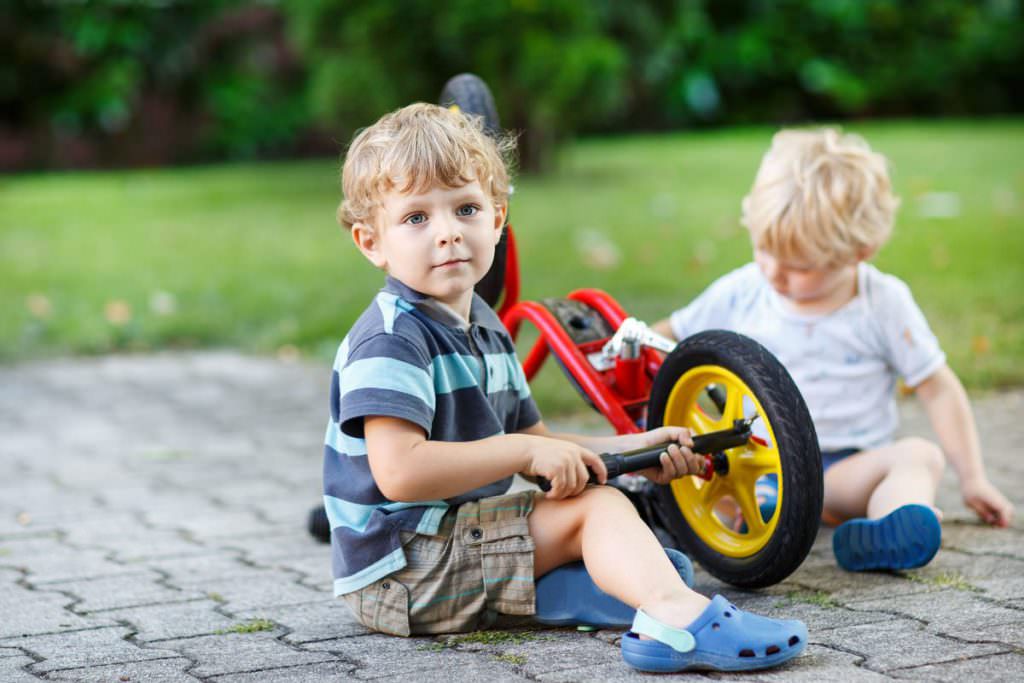
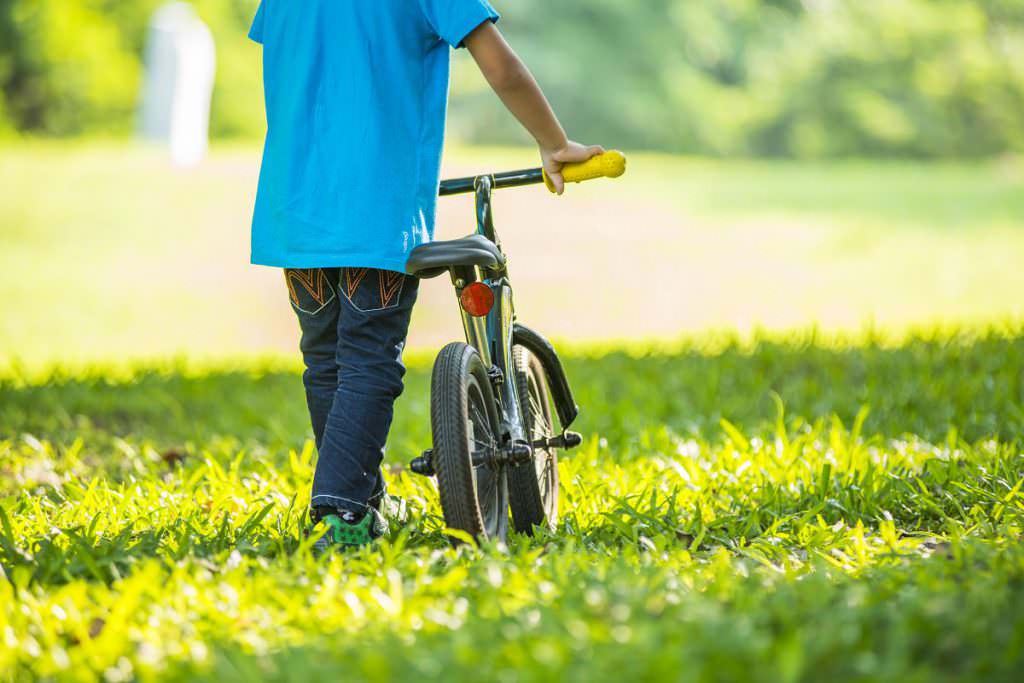
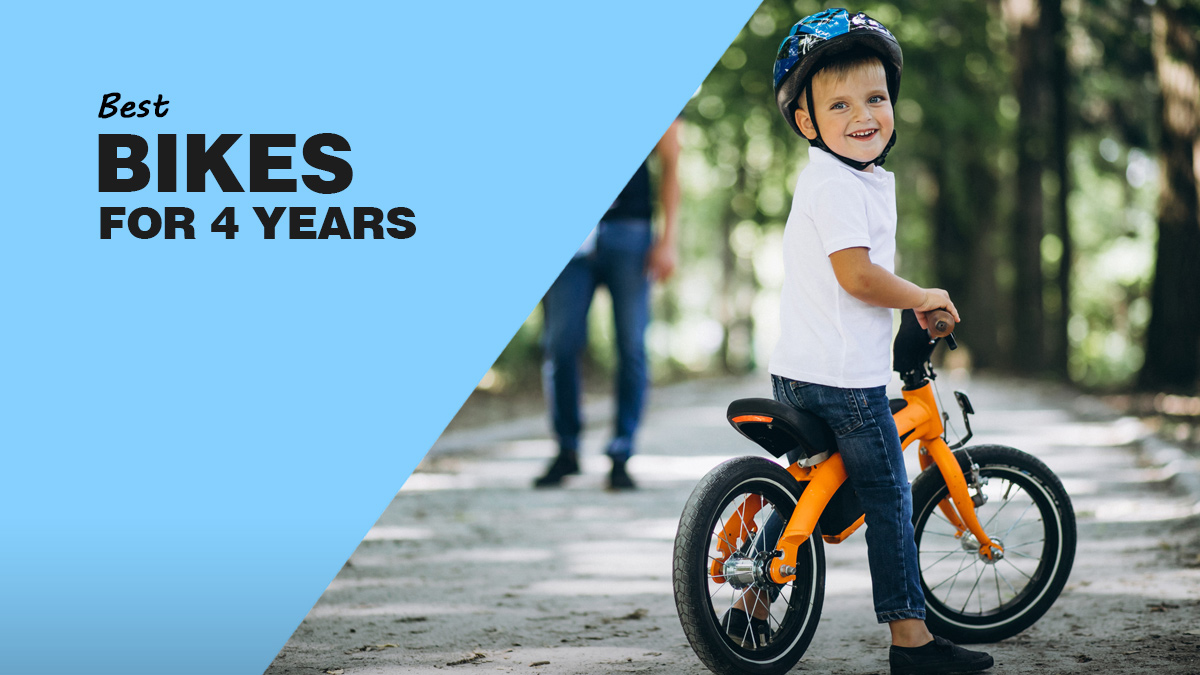
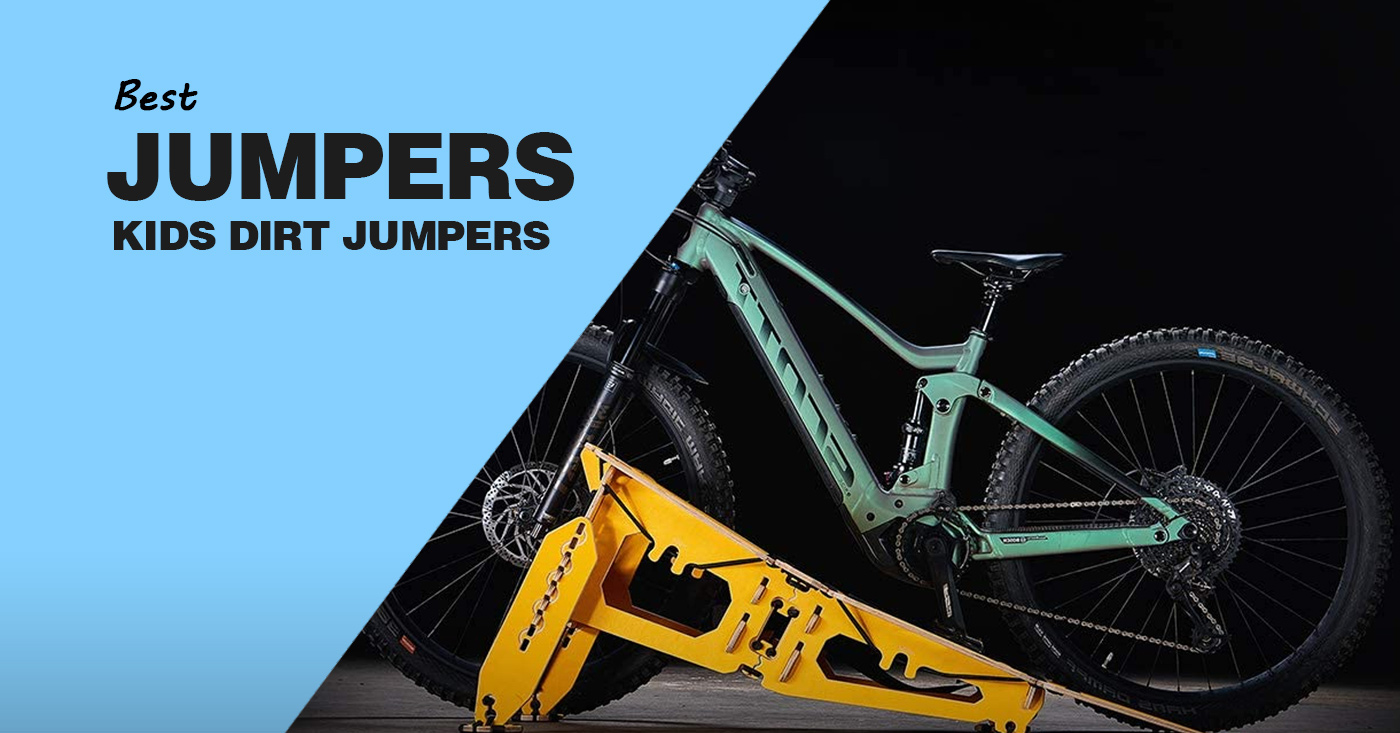
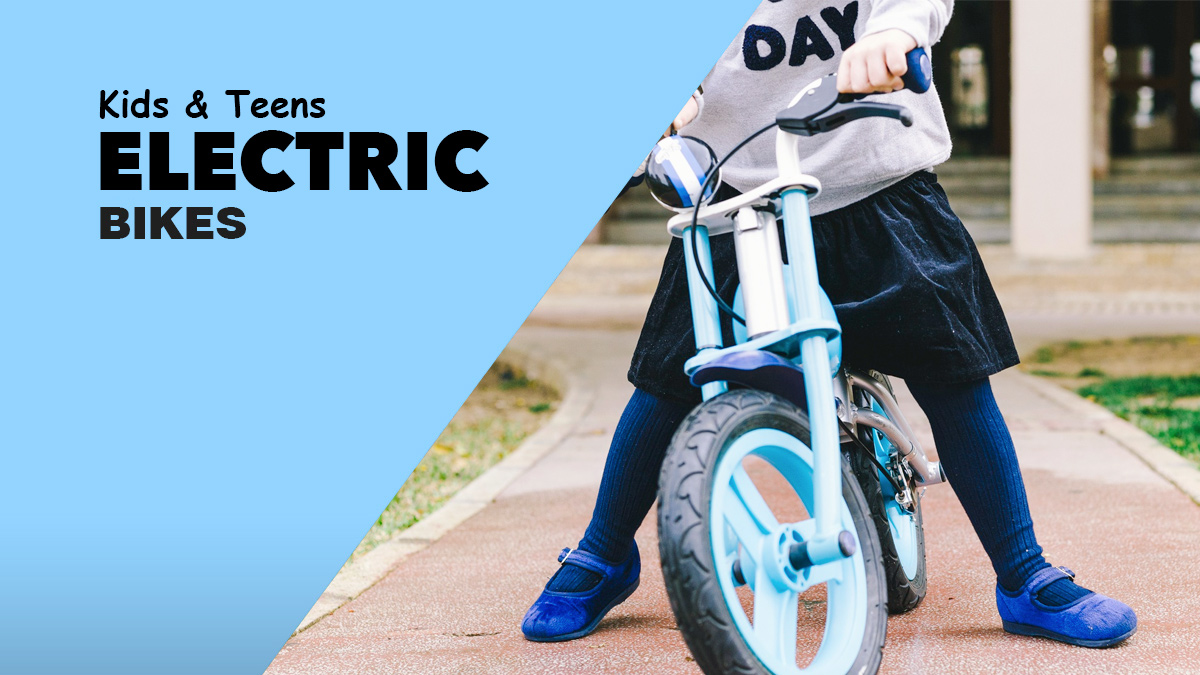
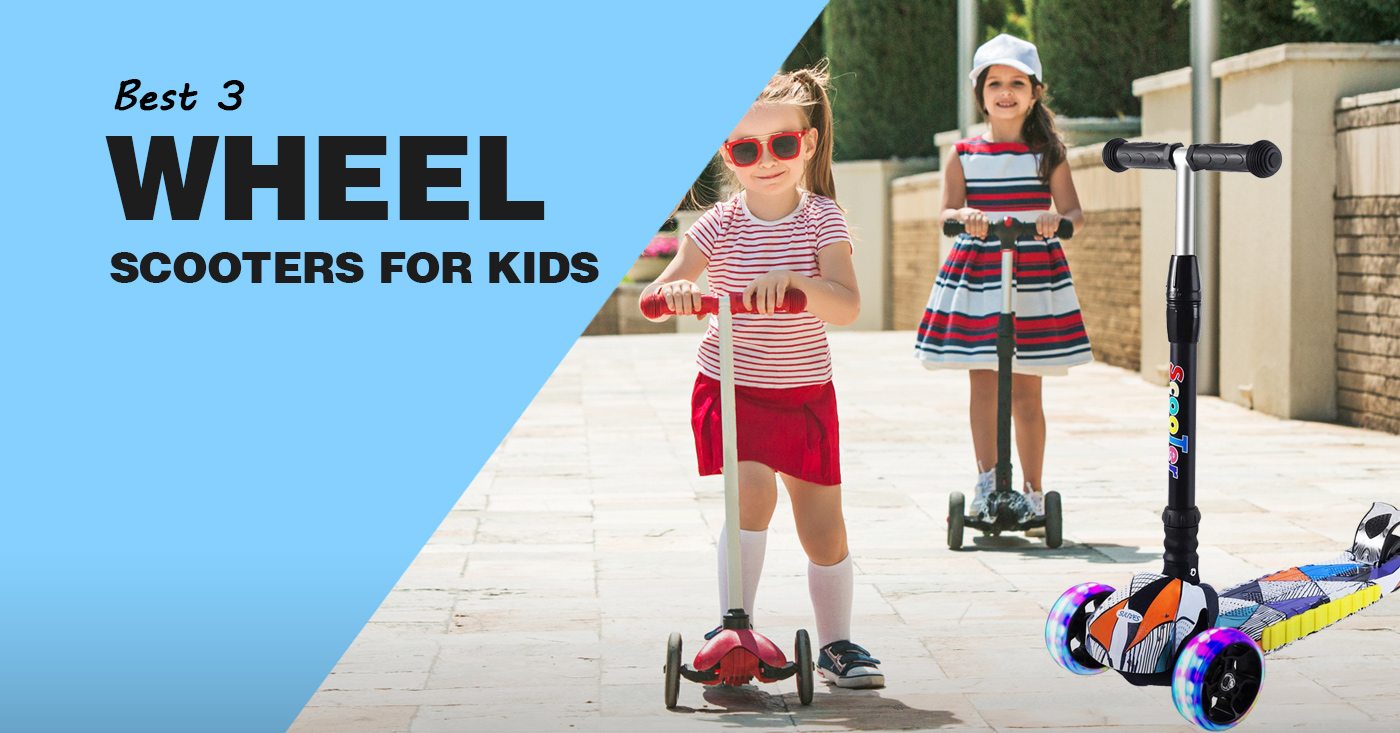
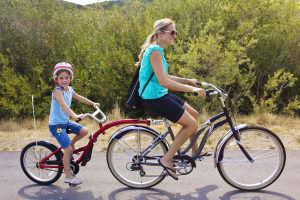
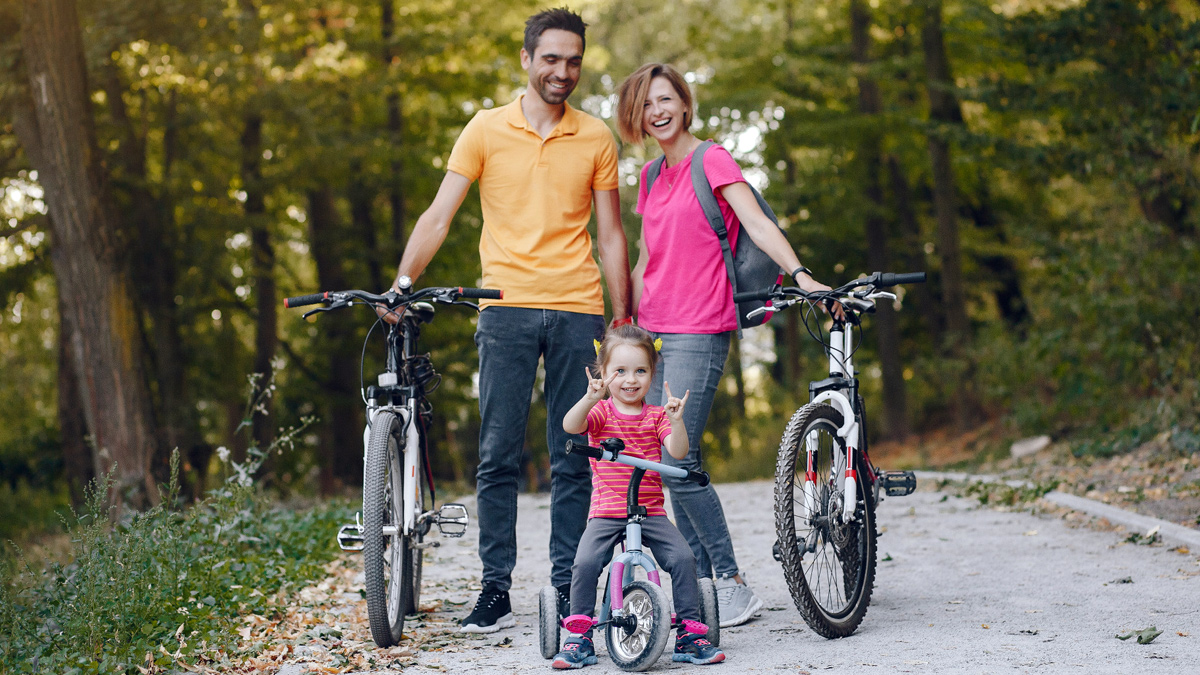
3 thoughts on “Tricycle Vs Balance Bike – What’s Better For Your Toddler?”
Thanks for the excellent page! Just one more step I’m missing: the unicycle, once the kids are reasonably comfortable on a bicycle. They’re fast learners, and if they learn early that unicycles are not just for fun, but for transportation (best again: have parents as models!), they’ll quickly master that skill as well. Great for their sense of balance, and fun for family outings…
In an internet full of terrible writing, this is a wonderfully written piece. I ran across it looking for advice on balance bikes and ended up greatly enjoying the whole article. Thank you
Thank Katie, feel free to binge on more of our articles.